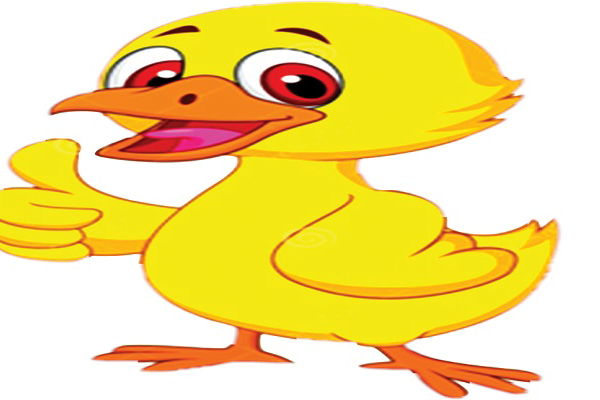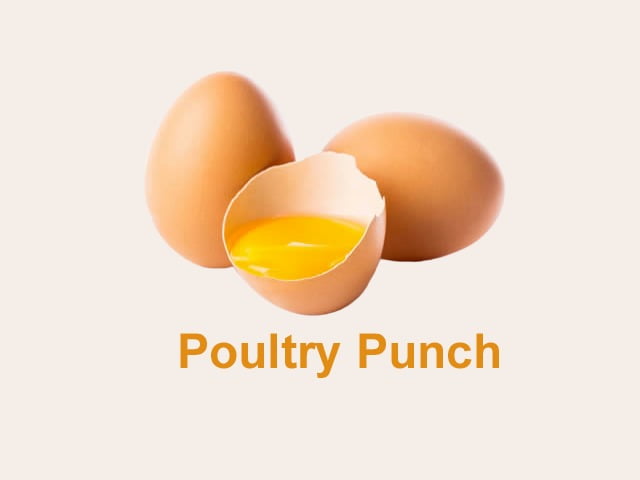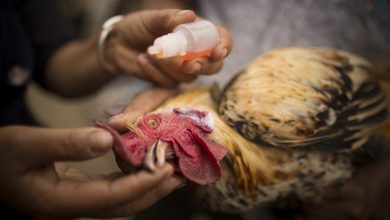GOOD BROODING MANAGEMENT – Key To Villi Growth

Dr. Richard Bailey
The first week of a chick’s life is a critical time for the development of the intestinal tract as the gut tissues and gut immune system undergo rapid growth and maturation. A key feature of this development is the growth of the villi which line the surface of the small intestine and increase the surface area of the gut to maximise nutrient absorption. The villi have the greatest growth potential during brooding; this growth requires optimal brooding conditions along with good access to feed and clean water. After brooding, the rate of growth of the villi decreases and any potential growth of the villi that is lost as a result of sub-optimal brooding will not be recovered and the villi will remain deficient for the life of the bird.
Focusing on the early management of the chick is essential for the long term health of the chick and optimal gut health throughout the life of the bird. There are a number of ways to promote gut health in the chick and they are outlined here:
• Ensuring optimal brooding conditions along with good house management and adequate biosecurity.
• Using probiotics in the first week of life can help establish a good community of bacteria in the chick’s gut. These bacteria stimulate villi growth and immune system development to improve the robustness of the bird’s gut. These can be supplied to the chicks as soon as they reach the farm in the water (e.g. a Lactobacillus or enterococcus based product) or in the feed (e.g. a Bacillus based product).
• Using organic acids (e.g. propionic acid blends at a pH of around 5.5-6.5) through the life of the bird can help with digestion , stimulate gut tissues and promote beneficial bacteria.
• Water sanitation is critical as water can be a source of pathogens which can impact gut health and performance. A robust water sanitation protocol is essential for gut health.
Water Quality
1. Ensure adequate cleaning between flocks:
• Remove biofilm (e.g. 25-50 ppm Hydrogen peroxide in water line for 24-72 hours then flush.)
• Remove scale (target a pH of 5 with weak acid, e.g., Citric acid – leave in line for 24 hours then flush.)
2. Prior to bird arrival:
• Use bleach solution in standing water.
• Flush just before birds arrive.
3. Through life of flock:
• Sanitize (e.g., Chlorine [2-4 ppm] or Chlorine dioxide [0.8 ppm].)
• Acidify water (pH5.5-7.)
• Perform waterline biofilm removal at regular intervals through life of flock (biofilms can form in 6 weeks.)
• Routinely check ORP (oxygen reduction potential) at the drinker furthest from the water tank to check efficacy of sanitation; it should be >650 mv.)
Failure of the villi to develop correctly can lead to malabsorption of nutrients which can lead to bacterial overgrowth and dysbacteriosis (an imbalance in the gut microbiota), which in turn can lead to secondary infections in the gut and negatively impact flock performance. If the gut does not develop correctly during brooding the result will be a less efficient gut in the older bird and the full genetic potential of the bird will not be reached.
Dr. Richard Bailey is the Poultry Health Scientist for Aviagen. Richard is based in Edinburgh, Scotland and has been working within the Aviagen Research and Development team since 2010. In this role he is involved in a range of poultry health research initiatives with a major focus on gut health, immunity and physiology. He obtained his undergraduate degree from the Royal Veterinary College in London and his MSc in Animal Breeding and Genetics from the University of Edinburgh. He completed a PhD at the Institute of Food Research in Norwich which focused on dysbacteriosis and the gut microbiota of broilers. In addition to research, Richard also visits customers around the globe to give technical advice and training in the area of gut health.


